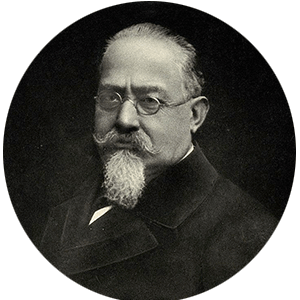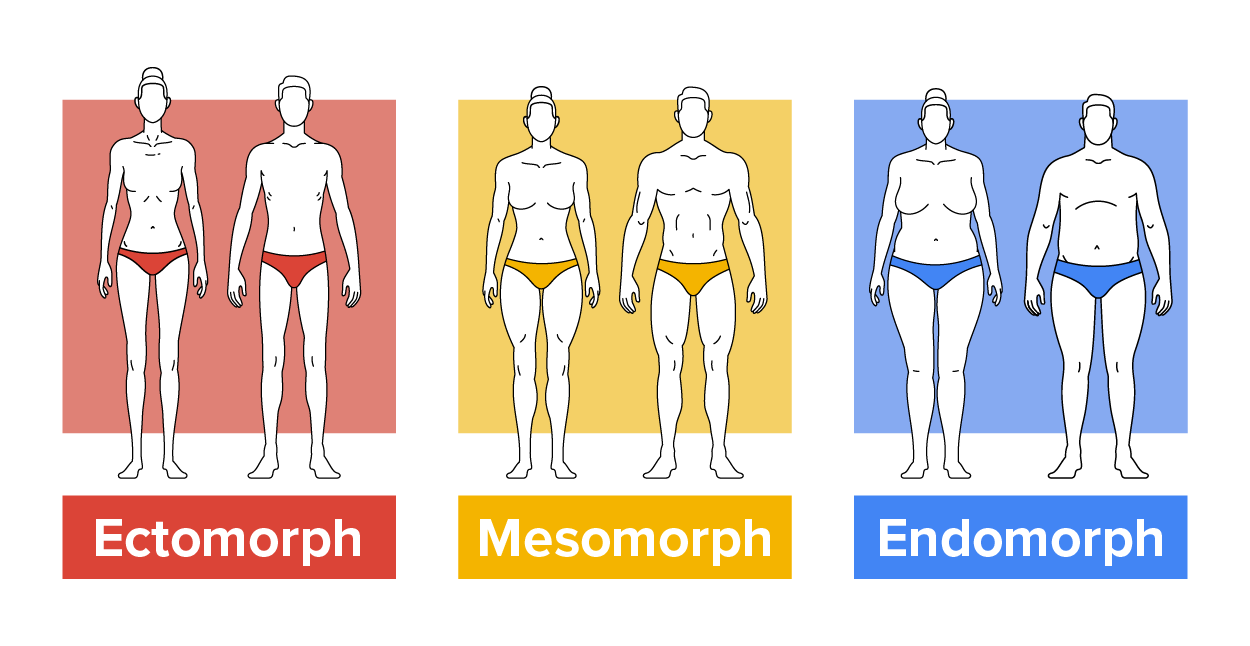Table of Contents |
The positivist school of criminology is a perspective within the field of criminology that emerged in the late 19th century as a reaction to the classical school of criminology. While the classical school focused on free will, rational choice, and deterrence, the positivist school shifted the emphasis to the scientific study of criminal behavior (Siegel, 2018).
A key feature of this school is determinism, which rejects the notion of free will (Mazzarello, 2011).
Determinism argues that human behavior, including criminal behavior, is determined by factors that are largely beyond an individual’s control. In positivism, these factors are typically biological, but they could also be psychological or sociological in nature.
You will now learn about the role of science in positivism, as well as some of the people who played a key role in the development of this school of criminology.
Positivist criminologists advocate for the use of scientific methods to study and understand criminal behavior. They are interested in empirical research, data collection, and statistical analysis to identify patterns and correlations in criminal behavior. They recognize that science plays a crucial role in shaping and advancing our understanding of society and human behavior (Dudovskiy, 2010).
Positivism stresses the importance of observation and measurement. Scientific methods involve gathering data through the systematic and objective observation of the real world. The emphasis on empirical evidence distinguishes positivism from the classical school, which dealt more with philosophical ideas about free will.
Similarly, positivism seeks to maintain objectivity when studying social phenomena. Objectivity implies a commitment on the part of the researcher to be unbiased and impartial when observing and interpreting data. Thus, scientists following the positivist approach strive to minimize personal biases and subjective influences in their research (Dudovskiy, 2010).

Many early positivist criminologists focused on biological factors as contributors to criminal behavior. Early positivists, such as Cesare Lombroso, proposed the idea of a “born criminal” and suggested that certain physical traits or anomalies were indicative of a predisposition to criminality. Lombroso was one of the first criminologists to use the scientific method, as discussed in the previous section.
Lombroso’s significance lies in his attempt to link criminal behavior to physical and biological traits. His most influential work, L’Uomo Delinquente (Criminal Man), published in 1876, outlined his theories and had a significant impact on the field of criminology (Holland, 2011).
Lombroso’s theory of atavism was based on the assumption that criminals were biologically distinct from noncriminals and that criminality could be inherited. He believed that criminals were “atavistic,” representing a throwback to earlier stages of human evolution. According to Lombroso, features such as a sloping forehead, large jaws, high cheekbones, and other physical anomalies were indicative of criminal tendencies (Siegel, 2018).
Lombroso’s work laid the foundation for the development of modern criminology. It prompted further research into the causes of criminal behavior and influenced subsequent generations of criminologists to consider a multidimensional approach to understanding crime. His impact on criminology stimulated ongoing debates and discussions about criminal behavior. However, in an upcoming lesson, we will discuss some of the critiques related to the positivist school of criminology and Lombroso’s work.

William Sheldon is another researcher who is often associated with biological positivism. Sheldon is most known for developing somatotypes, a classification system that categorizes individuals into different body types based on physical characteristics. According to Sheldon, there are three primary somatotypes: endomorphs, mesomorphs, and ectomorphs. Each is associated with specific personality traits and tendencies (Siegel, 2018).

REFERENCES
Dudovskiy, J. (2010). Positivism research methodology. Business Research Methodology. research-methodology.net/research-philosophy/positivism/
Holland, M. (2011). Cesare Lombroso’s criminal man. University of Missouri. library.missouri.edu/specialcollections/exhibits/show/controlling-heredity/origins/lombroso
Mazzarello, P. (2011). Cesare Lombroso: An anthropologist between evolution and degeneration. Functional Neurology, 26(2), 97–101. www.ncbi.nlm.nih.gov/pmc/articles/PMC3814446/
Siegel, L. J. (2018). Criminology: Theories, patterns, and typologies (13th ed.). Cengage.